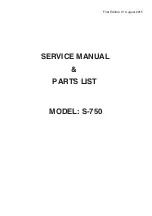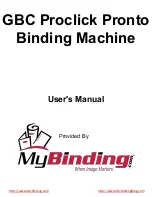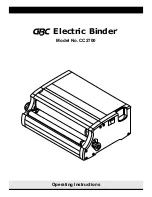
INDURO 165 OWNERS MANUAL
Page 3
1. INTRODUCTION
MMAW
Manual Metal Arc Welding is a process where an arc is struck between a flux-coated
consumables electrode and the work piece. The arc and the weld pool are both shielded
by gases generated by the flux coating of the electrode.
The Induro 165 has been designed to be used with 2.0mm, 2.5mm and 3.2mm
diameter electrodes. The smaller are used when welding at lower currents, such as sheet
metal applications. Increasing the electrode diameter permits higher welding currents to
be selected.
WIA manufactures a wide range of mild steel and special purpose electrodes which
cater for home workshop, rural, and industrial requirements. Some popular AUSTARC
electrodes are listed below. The correctly selected AUSTARC electrode used in
conjunction with your new Induro 165 will influence the quality of the weld, and the stability
of the arc.
Austarc 12P, Classification E4112.
A popular general purpose electrode used with ease in all positions, vertical up
or down. The smooth forceful arc makes it an ideal electrode for all general mild
steel applications.
Austarc 13S, Classification E4113.
A smooth running electrode with a soft arc, particularly suited to light
sheetmetal and smooth mitre fillet welds.
Austarc 16TC, Classification E4816.
A low hydrogen electrode with good arc stability and out-of-position welding
characteristics. This electrode is ideal for medium carbon steels, or steels of
unknown analysis.
Unicord
A high tensile (50tsi), chromium nickel electrode specially formulated for joining
all alloy steels and irons, and for tool and die maintenance.
GTAW
Gas Tungsten Arc Welding is a welding process where the arc is struck between a
non-consumable tungsten electrode and the work piece. A ceramic nozzle surrounds the
tungsten electrode and directs a flow of inert gas, usually Argon, over the electrode and
the weld zone. If filler metal is required, it is hand fed into the welding arc. The DC current
of the Induro 165 is suitable for welding most ferrous and non -ferrous metals, but is not
suitable for welding Aluminium for which an AC machine is required.




































